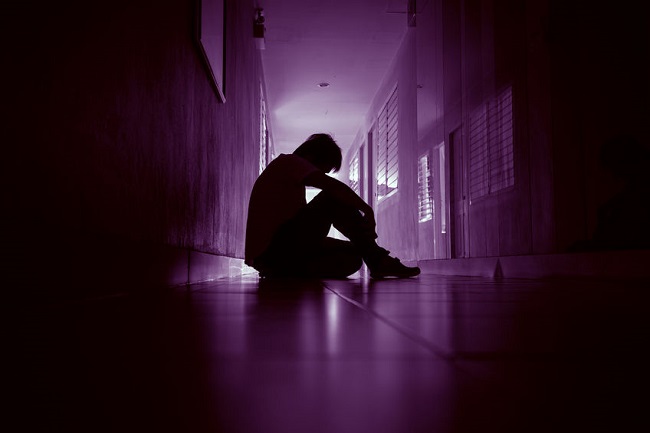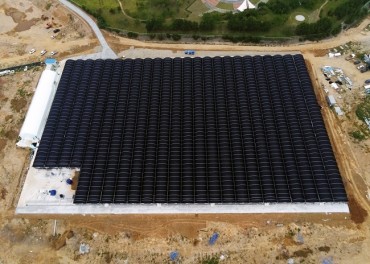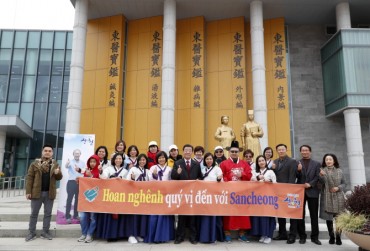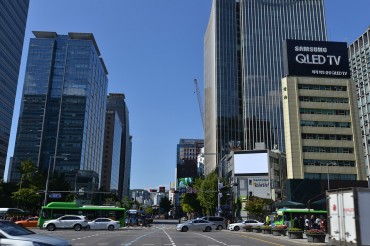
Compared to 1990, the number of single-person households has already jumped by 23 percent, and is expected to reach 31.3 percent of 1990 levels by 2025. (Image: Kobiz Media)
SEOUL, Jul. 9 (Korea Bizwire) — In March, a woman referred to only as Mrs. Kim was rushed to the hospital. Extremely malnourished, she was hospitalized for two months in the intensive care unit. Her story, though an isolated incident, highlights an alarming example of those living on the fringes of society in single-person households.
Mrs. Kim had been an itinerant plasterer who made a living filling vacancies on construction sites. Fifty-three years-old and unemployed with no other means of income, she had resorted to subsisting on handfuls of biscuits or a bag of pre-packaged noodles a day to get by. Her landlord, who had stopped by her apartment to inquire about missed rental payments, found her in an emaciated state and about to succumb to starvation.
The troubling tale of Mrs. Kim signals a phenomenon that was once only seen among the elderly. Known colloquially as “Death by Solitude” in Korean parlance, the number of cases of individuals being found dead in their homes are growing in frequency. Recently, the body of a 49-year-old man who had been unemployed for three months was found in his apartment. Two years ago, a 20-year-old woman was found dead in her apartment in Seoul. Both deaths were classified as “Death by Solitude”.
The rise in single-person households and particularly “involuntary” single-person households – those who live on their own due to work related issues (such as relocation) or to avoid social opprobrium for financial failure – is correlated with the rise in deaths. Compared to 1990, the number of single-person households has already jumped by 23 percent, and is expected to reach 31.3 percent of 1990 levels by 2025.
Social welfare workers face a daunting task before them in trying to remedy this problem. Chronically understaffed, estimates show that there is one worker for every 500 in need, a far cry from the OECD average of one person for every 70.
The taciturn nature of the older generation may also be an obstacle for reaching out to those in need. One social worker noted that “older Koreans feel humiliation if they are unable to provide for others. They are very reluctant to ask for help.”
Some point a finger at the lack of neighborly intimacy in Korean society as the cause. Four years ago, a 67-year-old woman’s skeletal remains were found in her apartment in Busan. She had “disappeared” five years before, yet none of her neighbors had bothered to look for her.
By S.B.Woo(editor@koreabizwire.com)






